“I said: ‘Squeeze my hand. And he did … To this day we believe he knew we were there.'”
These were last words Pat heard, in the final, tragic seconds before he lost consciousness forever.
Two hours after he was struck by a Coward Punch – a single blow to the back of his head – Pat had collapsed.
His parents Matt and Robyn raced to his side, desperately trying to offer comfort in their last, heartbreaking exchange of love with him.
Two days later they were forced to make the agonising decision to turn off his life support.
One of the reasons the Pat Cronin Foundation’s Be Wise presentations are so powerful is that the centrepiece is Pat’s story.
As raw as it is, what happened to Pat could happen to anyone.
That simple realisation resonates with our audiences all over Australia.
In this article, we’ll answer some of the frequently questions at our presentations:
Should head injuries be taken seriously?
How much damage can a human punch do?
How common are coward punches?
What effect can a single punch have on the brain?
How long after a blow to the head might signs and symptoms of a more serious injury appear?
How much damage can a human punch do?
One punch is all it takes to kill someone or leave them with a life-altering injury.
It’s one of the key messages of our Be Wise presentations and almost always takes young people by surprise.
The impact of an unexpected blow to the head makes the fibres of the brain shake like jelly.
The “rattling” of the brain inside the skull tears soft tissue, which can be disastrous.
What effect can a single punch have on the brain?
It might shock you to realise how delicate the brain is.
In the video above, neurosurgeon Professor Andrew Kaye describes what happens when the brain begins to swell after haemorrhaging – which is what happened to Pat.
While it’s graphic, we’re sharing it because more than 10,000 victims of social violence end up in hospital in Australia each year.
According to Professor Kaye, the fibres of the brain shake “like a jelly” when a blow is delivered to the head.
The nerve cells in the brain tear, along with the brain stem – and area not much bigger than a thumb controlling every function of the body.
“That causes a major initial damage to the brain, which basically is irreparable. But what happens after that is a real problem.
“Haemorrhages occur, and that causes more damage. But then the swelling sets in.”
Describing the skull as a “fixed box”, Prof Kaye describes the mounting pressure within the brain – which has nowhere to go.
“What sometimes happens, if the pressure goes up too high, the brain will ooze out of the skull. The brain will ooze out of the nose, the brain will ooze out of the ears.
“Frequently young men will die – and that’s the best of it for them.
“Or they’re lying in bed with no function at all, not able to communicate, with no function of their bowel or bladder, not being able to eat, being fed by tubes.”
”It’s far worse than death. It’s like a death every day for the rest of their lives.
“It’s the worst thing you can imagine, but it’s so bad most people can’t imagine it … unless they’ve seen it.”
How common are Coward Punches?
Coward Punches have killed more than 170 Australians since 2000. Most of the victims were young men.
Should head injuries be taken seriously?
Knocks to the head, while often disregarded, should always be treated as serious.
Brain Injury Australia reports that around 150,000 Australians sustain a concussion each year – and despite being considered “mild” many of them can have serious consequences if not properly managed.
How long after a blow to the head might signs and symptoms of a more serious injury appear?
Pat didn’t die instantly.
He didn’t fall to the ground after he was hit. In fact, he continued to help his mates move to safety and then returned to one of their homes.
It wasn’t until about two hours later that he collapsed from a massive brain bleed.
Sadly, by that stage and due to its severity, doctors were unable to operate.

